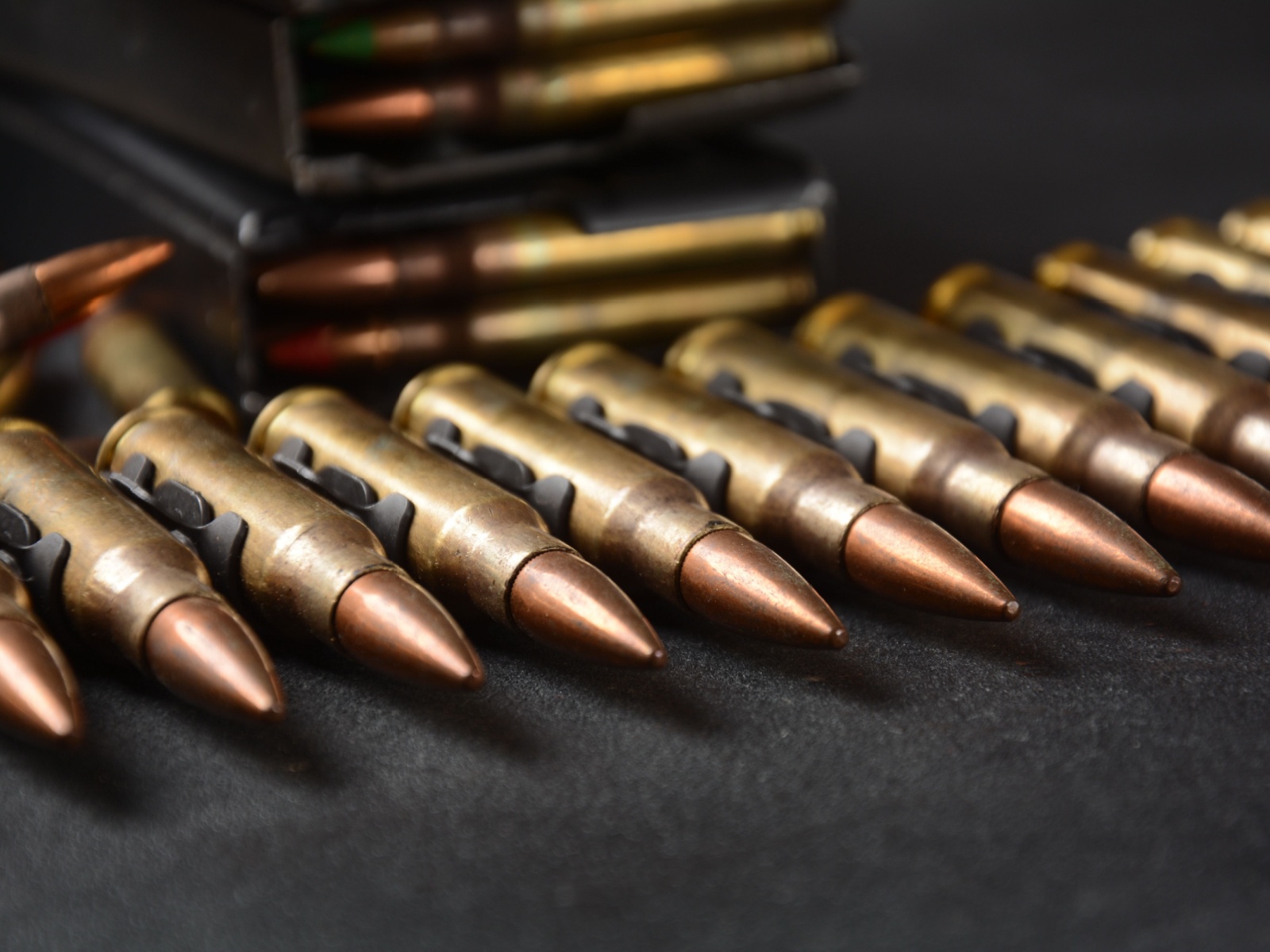ISO 27108 Thermal Stability of Pyrotechnics
The testing and certification process for pyrotechnic devices under ISO 27108 is a critical step in ensuring the safety, reliability, and performance of weapons and ammunition. This standard provides specifications on the thermal stability assessment to prevent potential hazards that could arise from exposure to elevated temperatures.
Pyrotechnics are chemical mixtures used for various military applications such as signaling, illumination, smoke generation, and other explosive devices. The thermal stability test aims at determining whether these pyrotechnic compositions can withstand specified temperature conditions without deteriorating or leading to unintended reactions that could result in accidental ignition.
The procedure outlined by ISO 27108 involves placing the pyrotechnic sample into a controlled environment where it is subjected to increasing temperatures over time. The test apparatus typically comprises an oven capable of maintaining precise temperature gradients within a range suitable for simulating real-world storage and handling conditions. Specimens are usually tested at multiple temperature levels, including ambient, room, and high-temperature environments.
During the thermal stability testing process, it is essential to follow strict protocol regarding specimen preparation. This includes ensuring uniformity in composition and size of each sample before introducing them into the test chamber. Compliance officers involved should also ensure that all materials used are consistent with industry standards, thereby maintaining accuracy across multiple tests.
The outcome of this thermal stability assessment plays a vital role in certifying weapons and ammunition components for deployment. A successful test indicates that the pyrotechnic composition meets the required specifications under various temperature conditions. This not only enhances operational safety but also contributes to reducing maintenance costs by minimizing potential failures during service life.
In summary, adhering to ISO 27108 ensures consistent quality control measures for military-grade pyrotechnics. It helps maintain high standards of reliability and safety, which are crucial in ensuring successful missions and protecting personnel involved in their operation.
International Acceptance and Recognition
- Aerospace Industry: ISO 27108 is widely accepted across the aerospace sector due to its stringent requirements for thermal stability. This ensures that pyrotechnics used in aircraft systems comply with international safety standards.
- Military Establishments: Many military establishments worldwide use this standard as part of their procurement processes, ensuring compatibility and interoperability between different weapon systems.
The international recognition of ISO 27108 extends beyond just the military sector. It is also adopted by various organizations responsible for safety regulations in multiple countries, further cementing its status as a global benchmark.
Environmental and Sustainability Contributions
- Eco-friendly Testing: By ensuring that pyrotechnic materials do not degrade or react dangerously at elevated temperatures, ISO 27108 helps prevent environmental contamination from accidental releases.
- Resource Efficiency: The standard supports efficient resource management by minimizing waste through accurate testing and certification processes.
The implementation of this international standard aligns with broader sustainability goals within the defense sector, promoting responsible use of resources and reducing ecological impact.
Use Cases and Application Examples
Siglo: Siglo is a leading manufacturer of pyrotechnic devices used in military signaling. By adhering to ISO 27108, they ensure their products meet rigorous thermal stability requirements.
Naval Applications: In naval defense systems, where space and weight are critical factors, reliable pyrotechnics that pass the ISO 27108 test contribute significantly to overall system performance and safety.
Aircraft Systems: The aerospace industry relies heavily on pyrotechnic devices for emergency scenarios. Ensuring these components comply with ISO 27108 adds an additional layer of safety, which is essential given the confined environments in aircraft cockpits.





